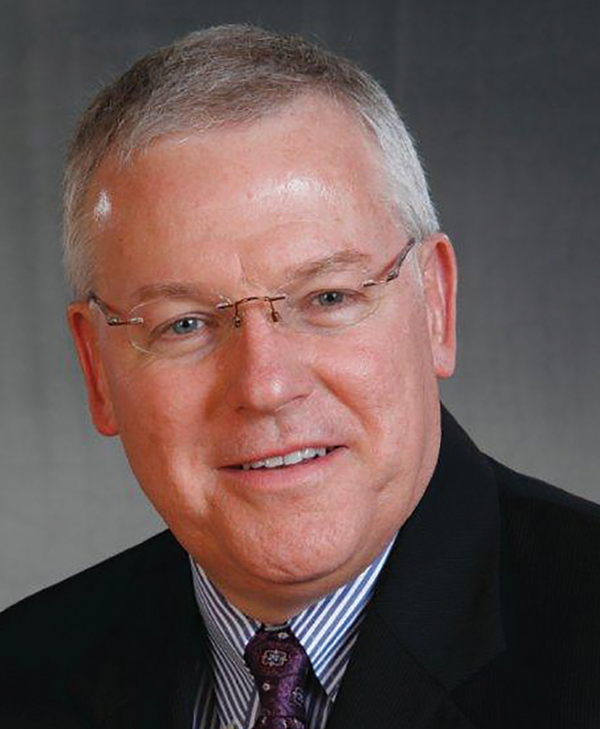
uicide: It’s a subject that once was taboo to talk about, and one that has not typically been part of job site safety meetings. But not talking about something doesn’t make it go away. Addressing suicide and shining a light on the underlying causes and signs that workers are at risk of suicide might mean saving lives.
Construction industry workers are at higher risk of suicide attempts and death by suicide than those in many other industries. A study released by the Centers for Disease Control and Prevention in July 2016—the first of its kind—shows that the construction industry in America had the highest number of suicides of any industry category, with 45.3 workers per 100,000 dying by suicide, as compared to a national average suicide rate of 14.21 per 100,000, data that was confirmed in 2018.
In Alaska, which has the fourth-highest rate of suicide in the nation, creating awareness of suicide risk factors and reducing the stigma associated with suicide is crucial. During the COVID-19 pandemic, mental health issues, substance abuse, and suicide have all been exacerbated.

One of the most important tips Beyer shares is that suicide prevention is not a one-and-done discussion. Mental health must be as much a part of workplace culture as wearing proper protective gear.
“A lot of people still kind of view this as a stigma—not something we typically talk about in the workplace,” Beyer says. “If we can focus [in the workplace] on wellbeing and bake it into our health and wellness functions, we have a better chance to get people help sooner.”
“I think there has been this realization that we as employers really need to create a caring culture,” he says. “[They say] ‘We’re going through a pandemic—we want to communicate that we’re here with you.’”
Beyers says this is due to several factors including:
- A tough guy/gal culture where feelings are bottled up.
- No pain, no gain mentality, sometimes expressed as “if you’re not working, you don’t get paid” or having no time to go to the doctor, or “playing through the pain” when injured.
- Long hours and demanding work conditions.
- Unscheduled overtime to get jobs done on a tight schedule.
- Pressure to perform—“on time, under budget, high quality” work focus.
- High rate of injuries that lead to chronic pain and potential for opioid and other pain medication misuse.
- Culture that has historically been tolerant of substance abuse.
Dustin Morris, the statewide area director for the Alaska chapter of the American Foundation for Suicide Prevention, also spoke at the webinar. His organization provides resources to clients and employers with the goal of helping employers understand where they can turn for help locally when having conversations about mental health and where they can direct employees who need assistance. Ultimately, he says, he wants conversations about mental health and suicide to be woven seamlessly into workplace safety talks.

One of the most readily available tools employers can use is the Employee Assistance Program, or EAP, which many employers already provide as a free service to employees or as part of their benefits package.
“They are underutilized, and they are confidential—when you use those, they’re not calling your employer to tell them that you are struggling with mental health.”
The webinar was held in September as part of National Suicide Awareness Month, but Beyer and Morris say they hope employers will use what they learned to normalize conversations surrounding mental health and implement strategies to prevent suicide as part of their overall safety plan.
“We want every month to be suicide prevention awareness month,” Beyer says.